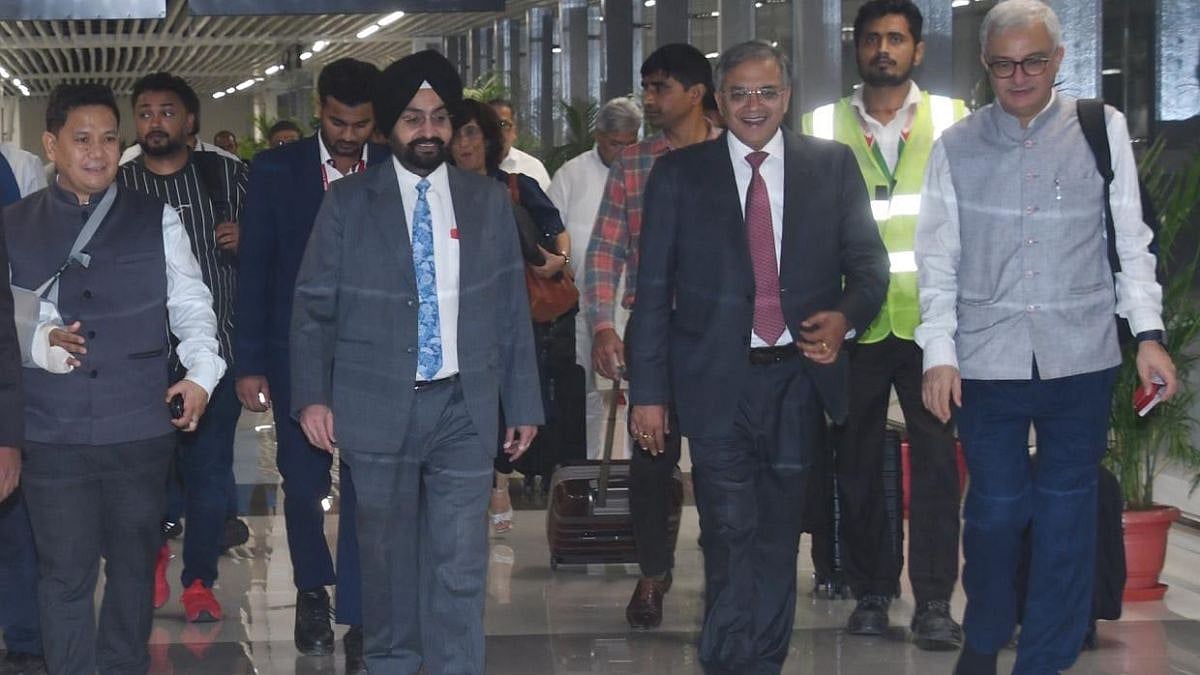The farmer and corporate will continue to co-operate, collaborate and co-exist when the current conundrum, is eventually resolved or settled-either by the government withdrawing the three farm laws, by an amendment or forcing the agitating farmers to end their agitation.
At least one hopes, it will conclude amicably without loss of lives or property. Agriculture economists are of the view that economic considerations are critical and will determine the future of the current stalemate between the farmers and the government. It will also shape the future of agriculture reforms in India.
“A political solution can only be a short-term diagnosis, instead of an economic rationale, to the current crisis. It would be detrimental to agriculture in India and Indian farmers’ future,” says Prof N.K Goyal, former Director National Fertilizer Ltd.
The concerns have to be much more than limited, to issues of the farmers' future, the safety of their rights and corporate profit. It has to go beyond minimum support price, risks of diluting essential commodities and maintenance act and many other issues cited by the stakeholders.
One does not need to look for any convincing evidence to vindicate the hypothesis that electoral considerations guide policy decisions on support prices and procurement: a purely political motive and devoid of economics, that could offer a long-term solution to the farming community.
“We need to look beyond data and numbers. Every stakeholder has to get a reasonable share – the farmer, corporate, logistics, government, everyone involved. The fact that we live in an interlinked society, state and nations have to be borne in mind by every individual. Every stakeholder should be made part of the reform, and that would require closing the gaps in the three bills,” says Dr Raja Ram Tripathi, national convener of the All India Farmers Alliance (AIFA).
Further, India needs to work on its strength, the herbs and spices to strengthen the nation’s hold in the global market, currently being expanded by China, points Tripathi.
Changing consumption pattern
The agricultural produce landscape in India is undergoing significant and rapid change. This is primarily led by changing consumer demand preferences, as rising incomes rearrange the contents of the household food basket in both urban and rural India.
“To address the new consumption pattern and provide directional subsidy to these segments of agricultural production in the next decade. A greater emphasis will have to be placed on developing institutional infrastructure,” states Swaha Shome, a leading agriculture analyst in one of his essays.
So, the need is to prepare, Indian farmers to meet the demand, domestic and global. The farmer needs to understand that the market has shifted from what the government wants, then, to produce what the consumer now wants. No doubt, there is a need for handholding in the transition for not only farmers but all the stakeholders. The pain of transition can be reduced by an inclusive process of dialogue among all the stakeholders.
“Doles are not going to help farmers. India is already late in bringing the agriculture reforms, which should have ideally begun along with reforms in the 1990s. Political leaders have found ways to make farmer dependent on subsidy and doles like minimum support price,” says Vijay Sardana, Agriculture Economist.
Farmers need subsidy on new farming methods to produce new crops, that meet the market requirements. Quality seeds and associated extension services and strict regulatory set up to take care of their contracts. In the absence of which, agriculture could go further down and pull the down the economy too. The corporate should be asked to partner in the research and development in the agriculture sector and job creation in the farm sector.

All stakeholders need to remind themselves that 83% of land holdings in the country is marginal or small. They do not have bargaining power now, but the reforms should ensure they have a share in the fruits of Agri reforms.
“Reforms is for a better future of Indian farmers, corporate, government, consumer and economy. But, unfortunately, even today, farmer leaders are not seeking holistic reforms, and the government is trying to dilute reform by offering amendments,” points Sardana.
A collaborative effort among all the stakeholders in agriculture is likely to raise the rate of agricultural GDP growth, thereby directly impacting rural poverty.











